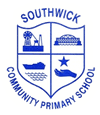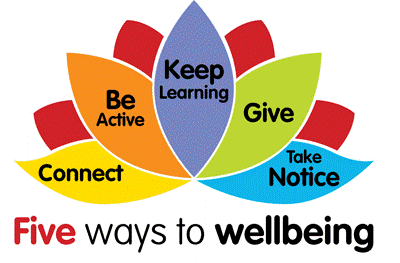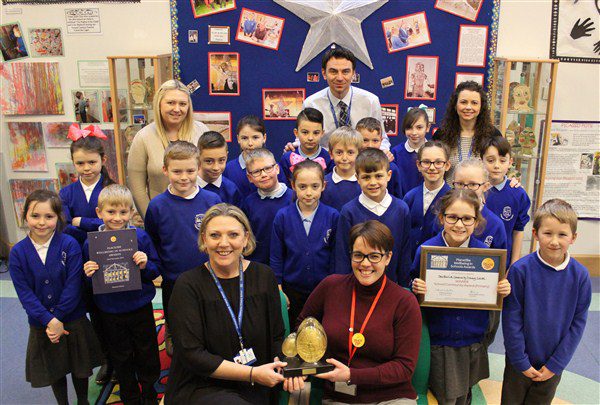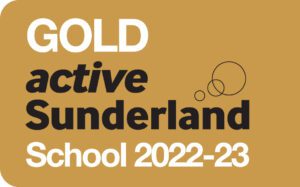At Southwick we have had so much fun celebrating British Science Week. The theme was ‘growth’ and each year group enjoyed exploring ‘growth’ in different ways. Take a look at some of the wonderful work we completed during our 2022 Science Week.
Nursery
Nursery have loved learning about growing for Science Week. To start with we looked at baby photos of the children and the teachers and talked about how much we have changed and how much we have learned. Then we became plant detectives! We loved exploring outdoors, the children used some excellent vocabulary such as, “leaves”, “petals”, “flowers” and “roots”. We talked about what plants need to grow, then we planted a sunflower seed each and watered them and waited for them to grow.
Reception
In Reception we looked at and labelled the different parts of the flower and also learned about the life cycle of a flower. We did observational paintings and drawings of various flowers. We also investigated the inside of different fruits and used our fine motor skills to remove the seeds from within. We did some planting outdoors in our gardening area as well as inside including an experiment where we looked at how plants survive in different conditions. In the tuff tray we explored the roots of the flower and different vegetables and bulbs.
Year 1
Year 1 had some special visitors to see them during Science week. We were lucky enough to have Angela bring some wonderful animals for us to hold and look at. There were geckos, bearded dragons and skinny pigs! We learnt about where they live, what they like to eat in their habitat and how they grow and change into adults. Here are some of the photos from the visit.
Year 2
Year 2 have had lots of fun exploring the conditions needed to grow cress for Mrs Ellison’s favourite sandwiches… egg and cress! We started the week by planning our experiment and talking about how we were going to ensure a fair test. We wrote our aim, prediction, equipment list, how we were going to make sure our investigation was fair and our method. We spoke about what seeds need to grow and the conditions we think would be best to grow cress. We then followed our method to plant our cress seeds. Every day, after lunch, we observed our plant pots to see if any changes occurred. We then filled in our observation table. We kept two cress pots in the cupboard (one with water and one without) and two on the windowsill (one with water and one without) Next week, we will continue to observe out cress seeds and write up our findings.
With Miss Atkinson, we created a large scale plant out of craft materials and spoke about the different parts of a plant. We also discussed the function/purpose of each part of the plant.
On Thursday morning, we had a great morning with Angela from ‘Angela’s Ark’ we got to hold and learn about lots of different animals. We had the opportunity to learn about a skinny pig, giant African snail, white pygmy hedgehog, giant African millipede, leaf insect, ball python, crested gecko and much more! Angela was extremely knowledgeable and we had a fantastic learning morning lots of facts.
Year 3
As part of British Science Week, Year 3 have been exploring plants and their growth. We began by refreshing our basic understanding of the parts of plants and their uses. We created diagrams in out books of the functions of each plant part and then created plant life cycles representing the continual growth and life of plants. We moved on to discuss different types of plants and looked at the plants that we can eat. We sorted them into the following categories: fruit, vegetables, herbs and plants we don’t eat. When we had a more secure knowledge of plants, we took part in a class investigation. Mrs Mahone’s class looked at how light can affect plant growth and Miss Brook’s class looked at how water can affect plant growth. We worked together to look at the variables within the investigation and discussed how we can make the test fair. The children then all recorded their own prediction using their understanding of how plants grow well. The children will be responsible for watering their plants daily and keeping a log of growth within the next few weeks. Once we have our completed findings, the children will draw upon their knowledge and information gained to record a conclusion.
Year 4
This year, Year 4 had great fun celebrating Science Week. As the theme was ‘growth’, we grew our very own crystals! We really enjoyed weighing and mixing all of the ingredients. Then, we had to wait and observe the changes. When we came into school the next day, our crystals had grown.
Year 5
As part of our British Science Week, year 5 have looked at our carbon footprint and discussed how reducing this will help our planet to grow and flourish. We split into three groups and each looked at a different area. These were water consumption, food miles or clothes and sustainability. We then returned to classes and discussed what we had learned. We worked scientifically by asking relevant questions, reporting our findings orally and making careful and systematic observations.
We now understand what carbon footprint is, understand ways we can save energy and water, understand how food miles impact the planet and understand how clothing choices impacts the environment. All of year 5 have made a pledge to change 3 things that will help reduce our carbon footprint.
Year 5 have created a plant wall garden as part of our project for British Science Week. We have carefully thought about how we can make it sustainable and reduce our carbon footprint. The planters were made using recycled plastic bottles. We have planted herbs in our garden which we hope can be used by Mr Bradwell in the school kitchen and by us when we look at how plants reproduce in our next science unit. We decorated our bottles, filled them with compost then planted our seeds. Finally, we watered them. We will be checking on them regularly and monitoring their growth over time.
Year 6
Miss Young and Mr Marley from Redhouse Comprehensive joined year 6 for Science Week. We looked at bacteria that the staff had grown from swabs from different places around their school. We knew bacteria grows because it is a living micro-organism. We looked at pictures from petri dishes grown from the different places and tried to match them up with their labels-we were shocked to see the phone case and key board produced the most! The taps and sinks in the toilets produced the least and this shocked (and reassured) us too!
We then played a science version of Among Us to explore how fast bacteria and infection could spread. Two anonymous people were infected and we had to share solution from our boiling tubes with the rest of the class. We then added iodine to our solution and black meant we were infected, brown meant no infection. We were shocked to see how quickly the infection had spread! We were able to narrow the suspects to 4 of us but couldn’t identify the actual infectious! We had a great session and cannot wait to get to comp to do even more exciting things!




































































Comments are closed.